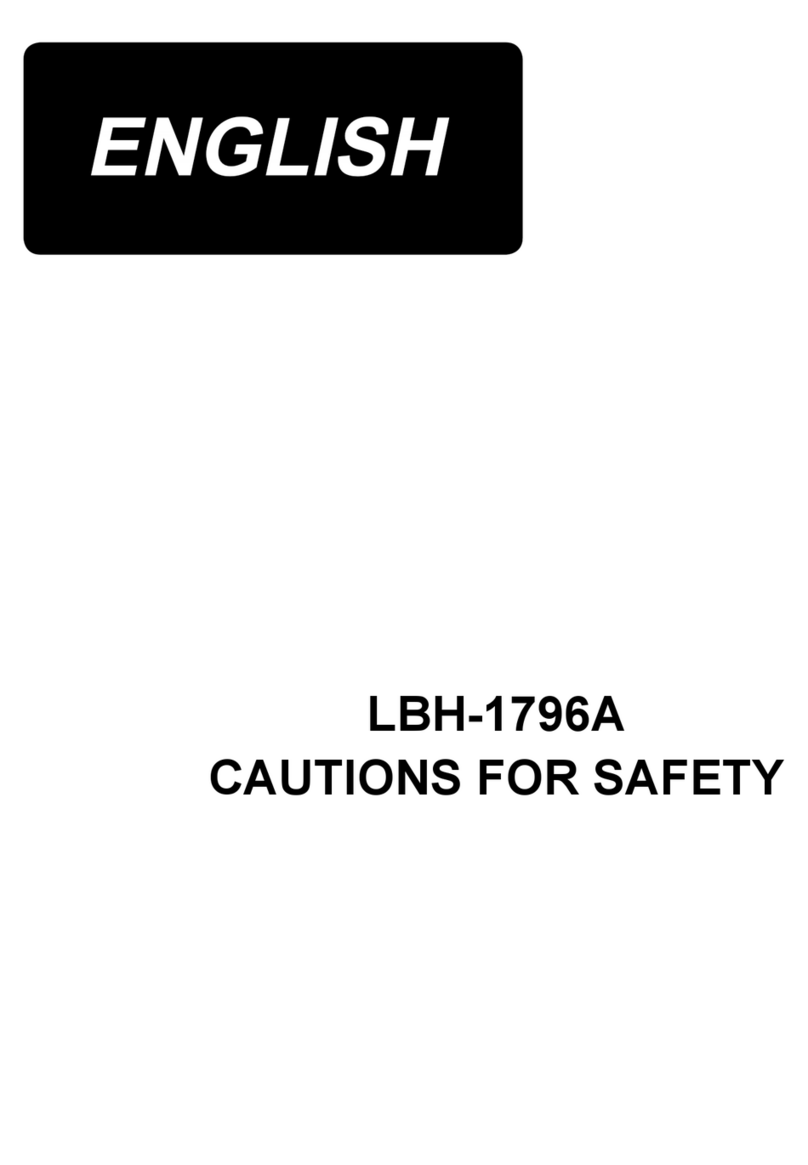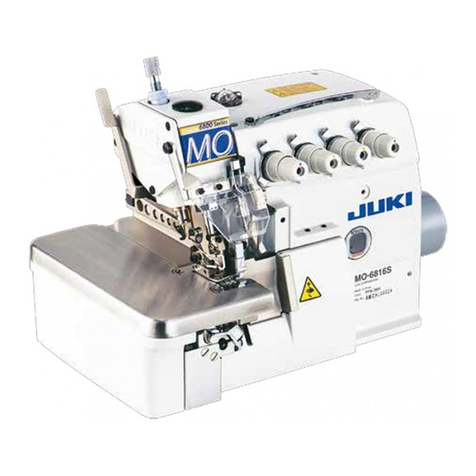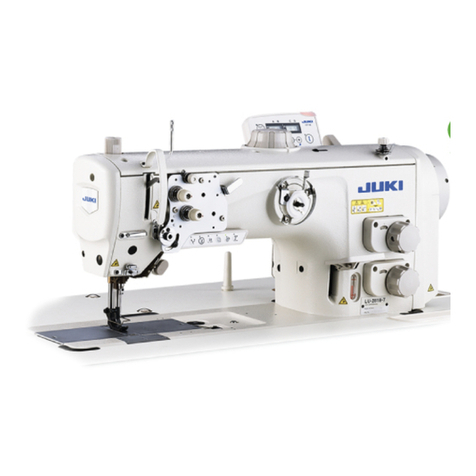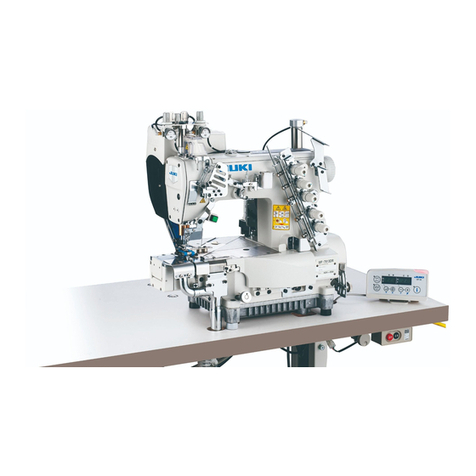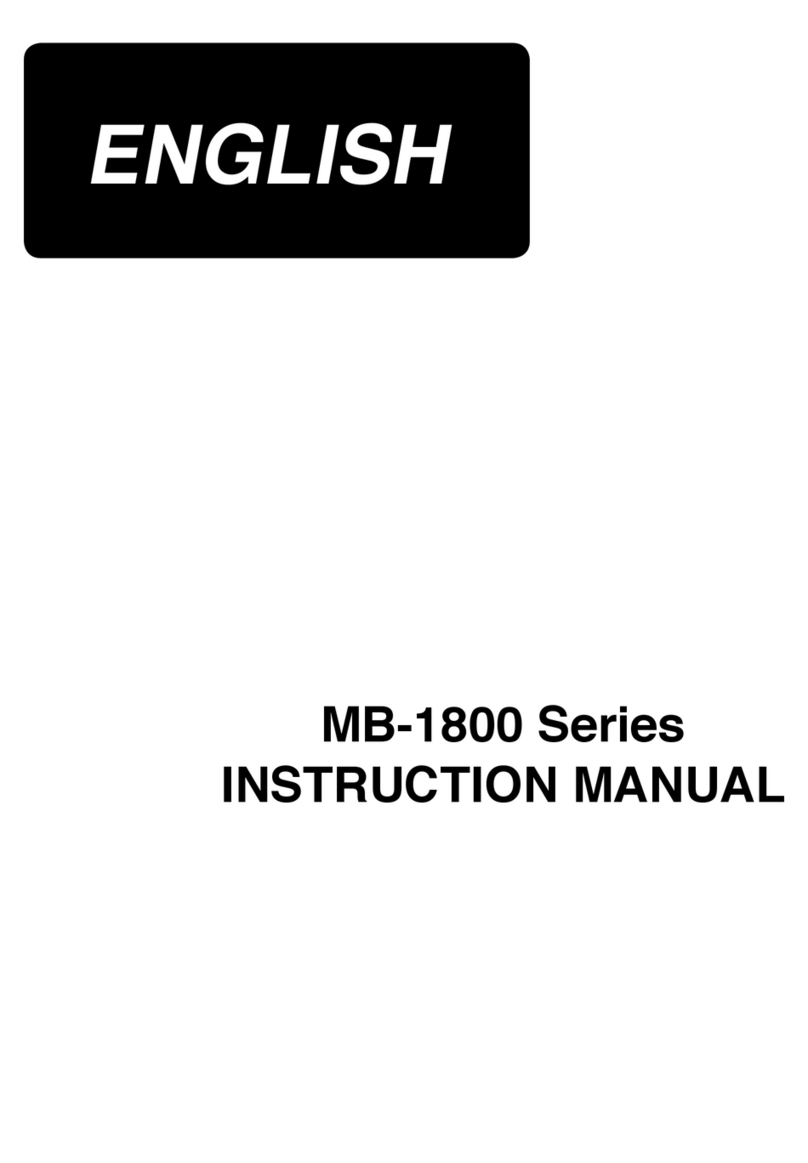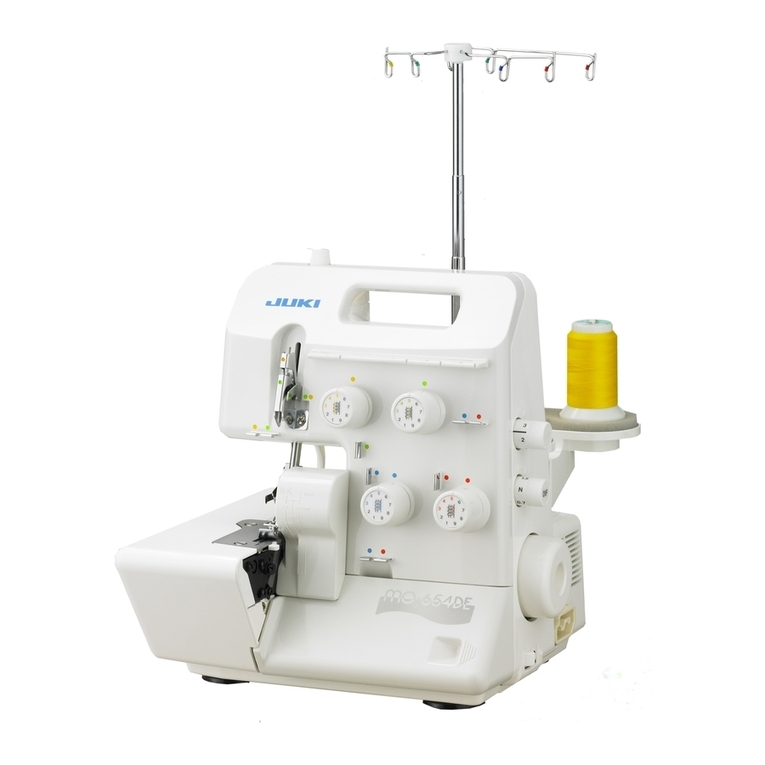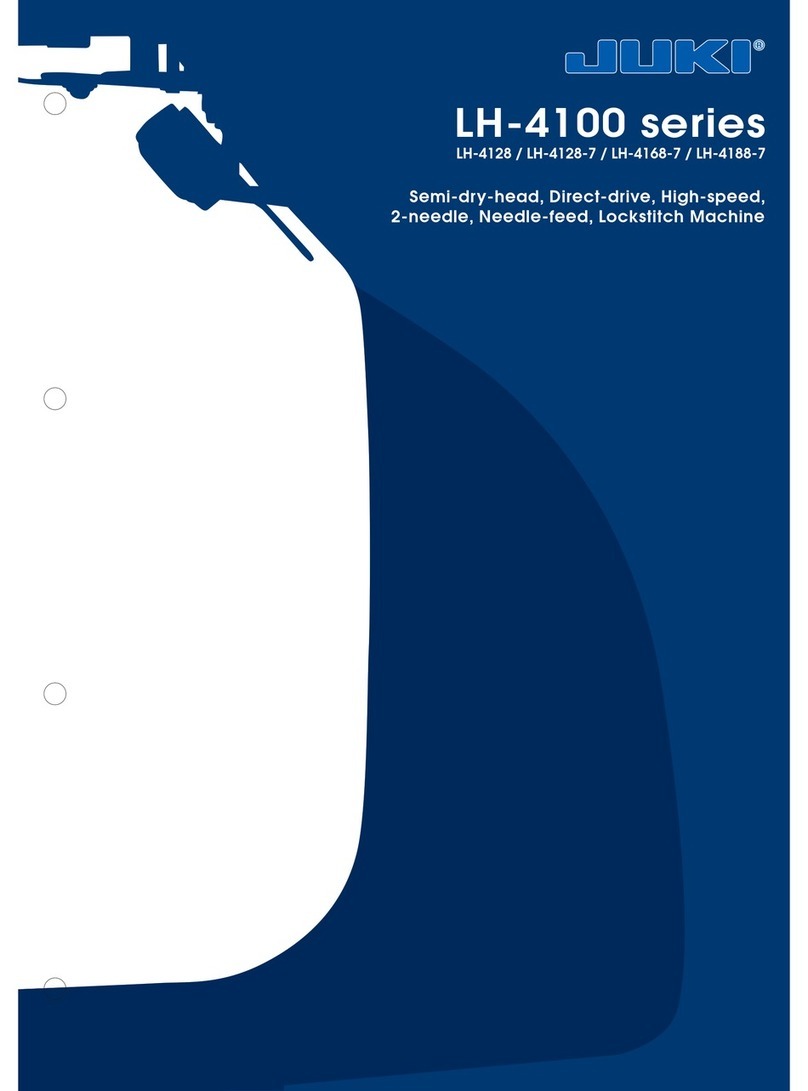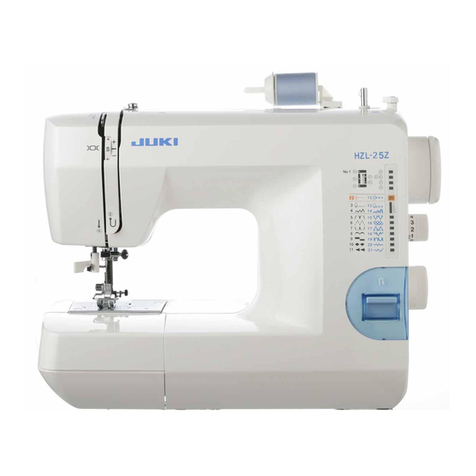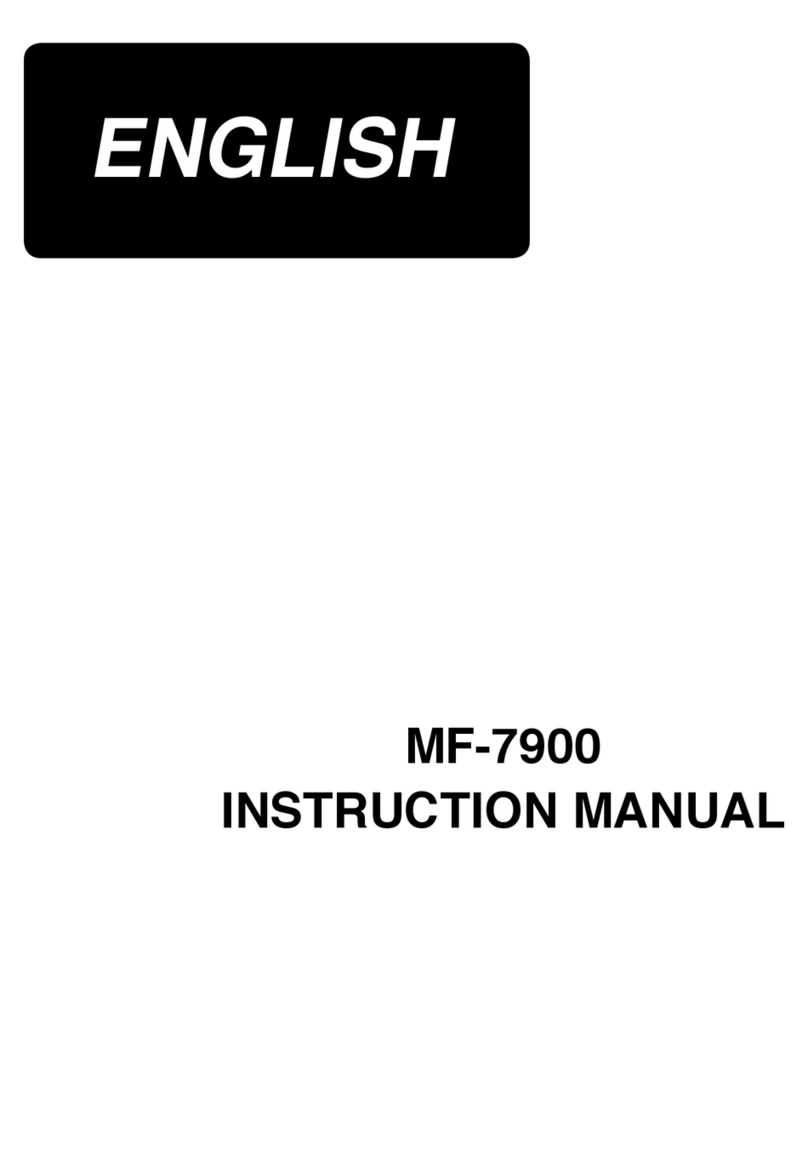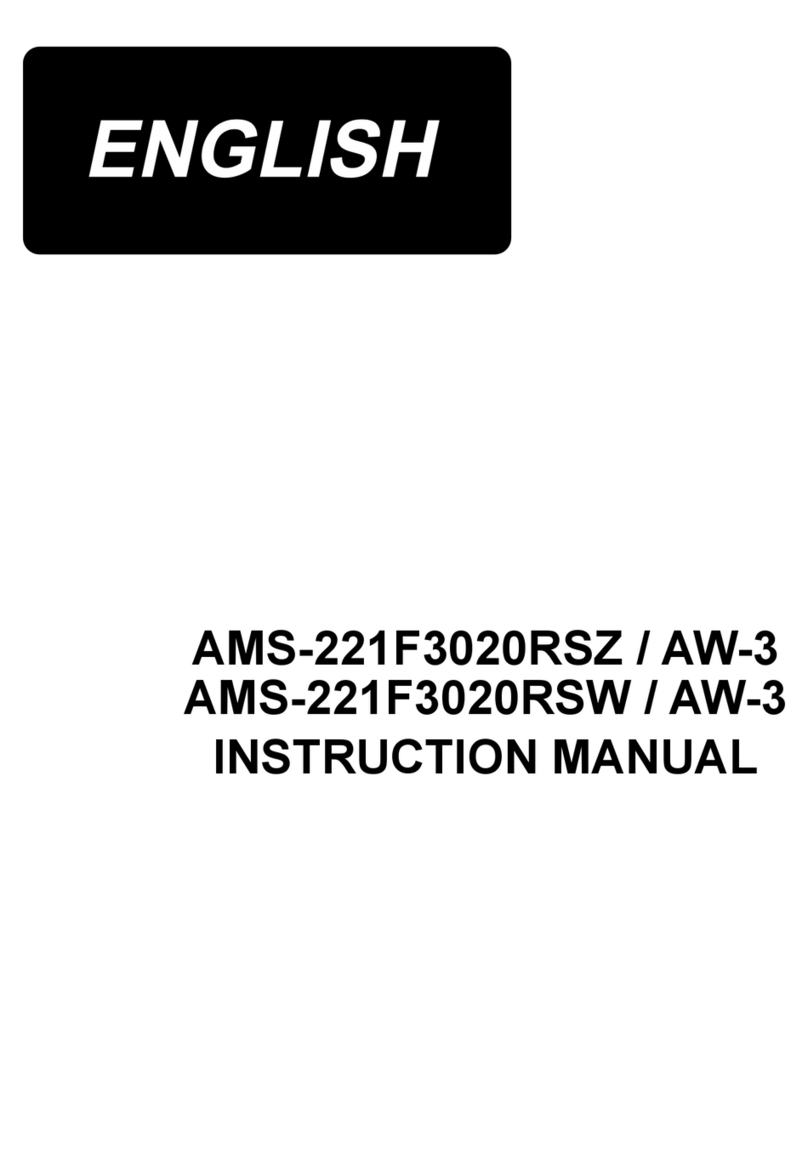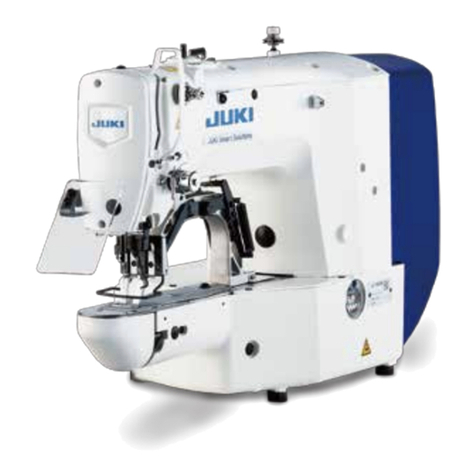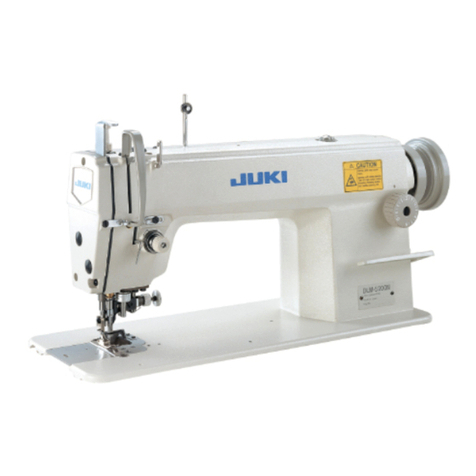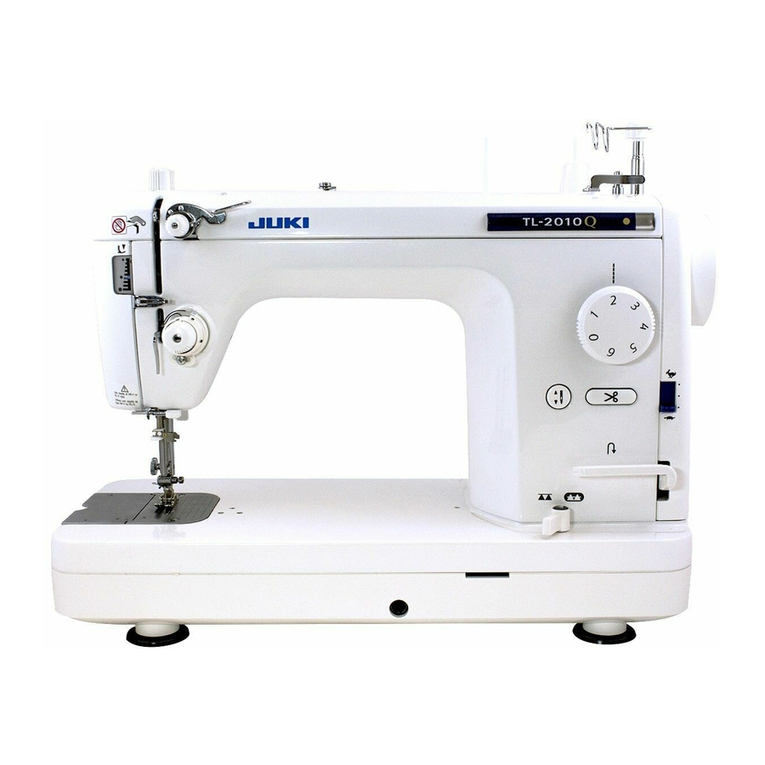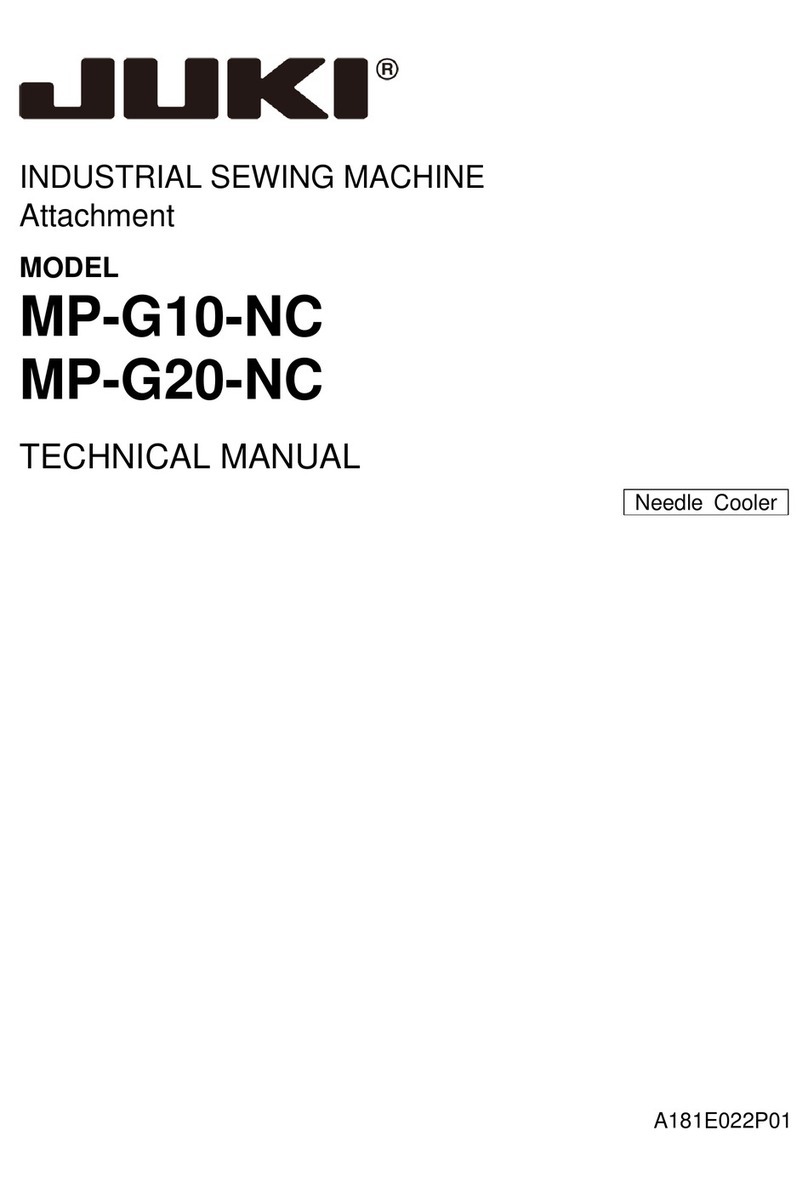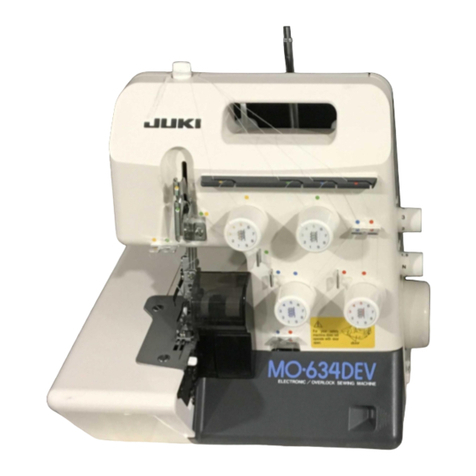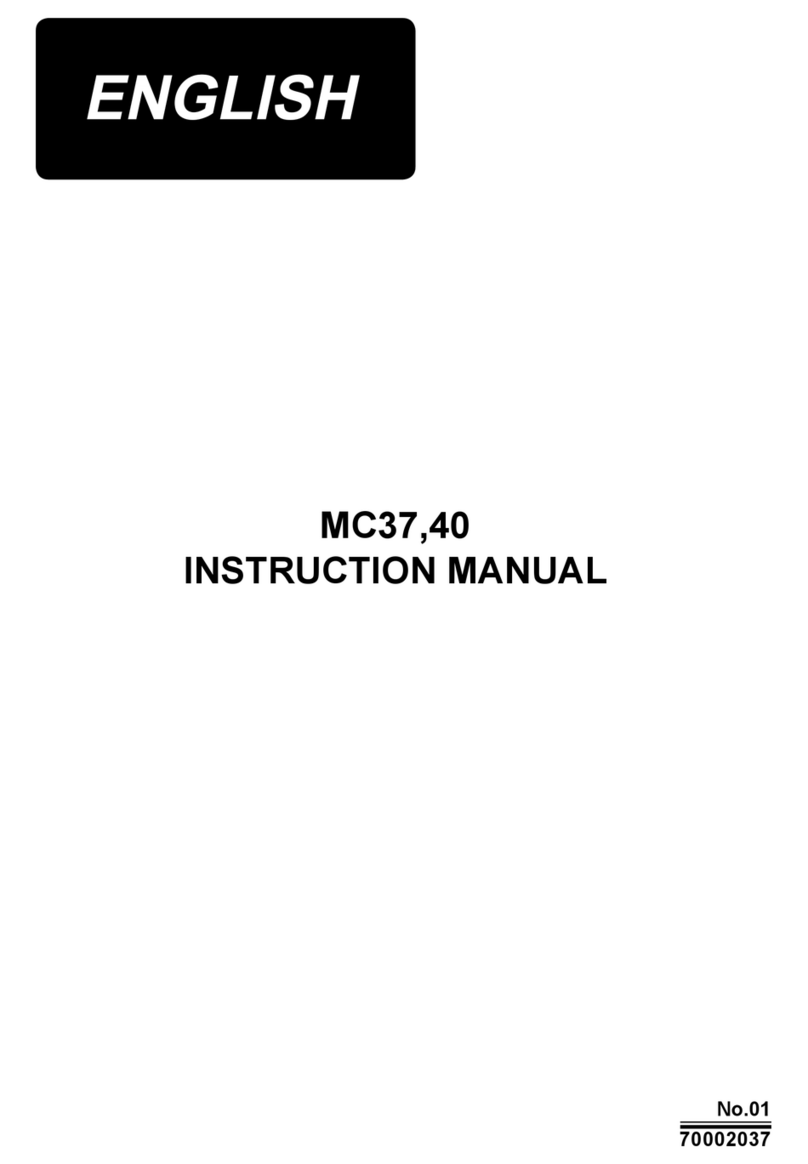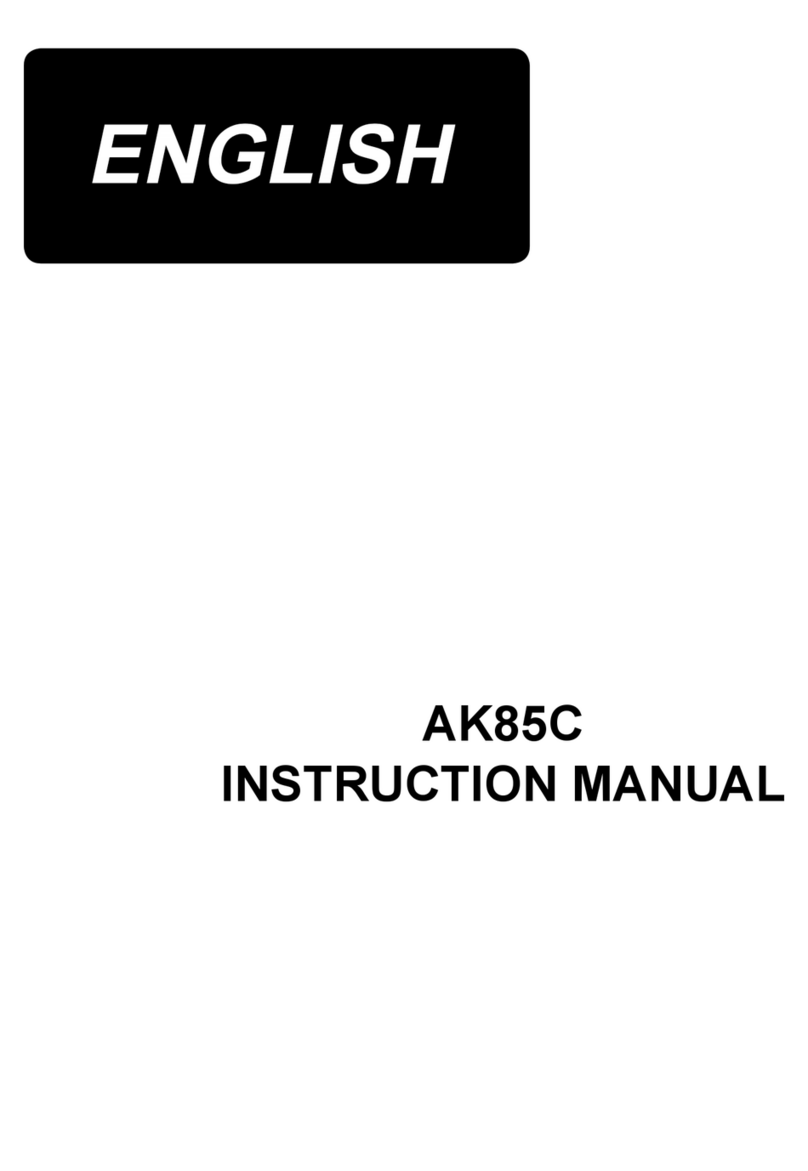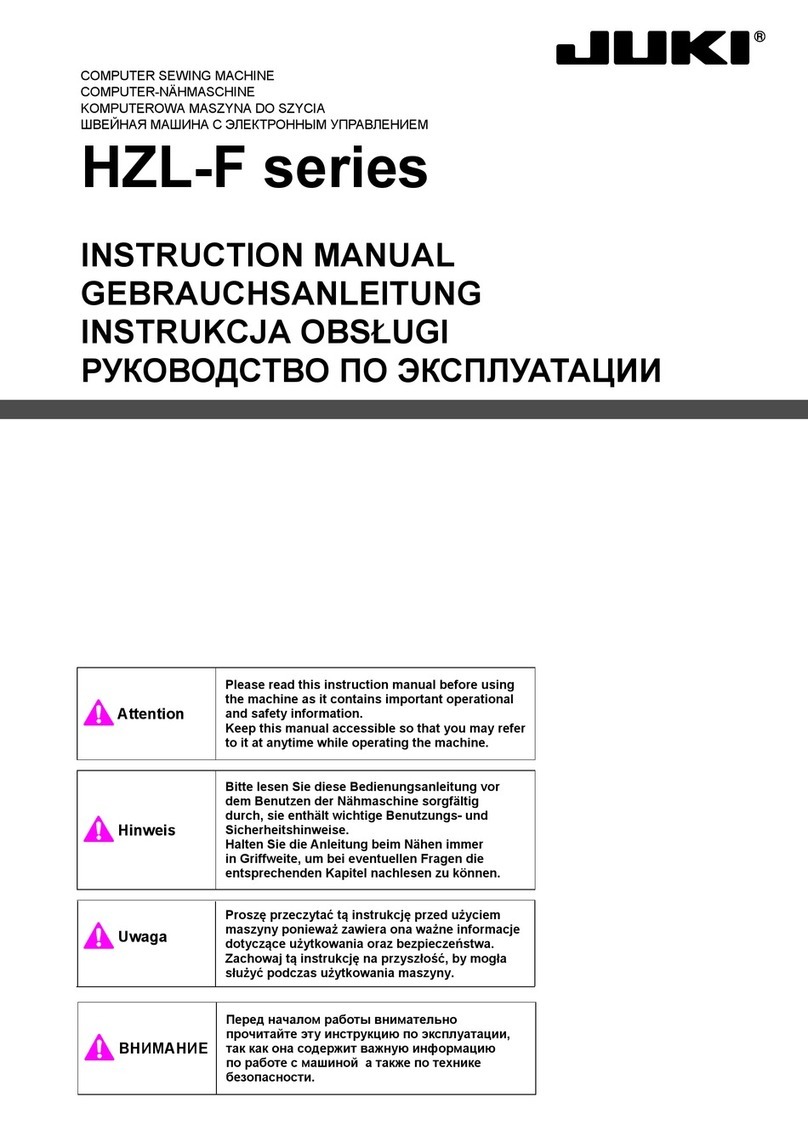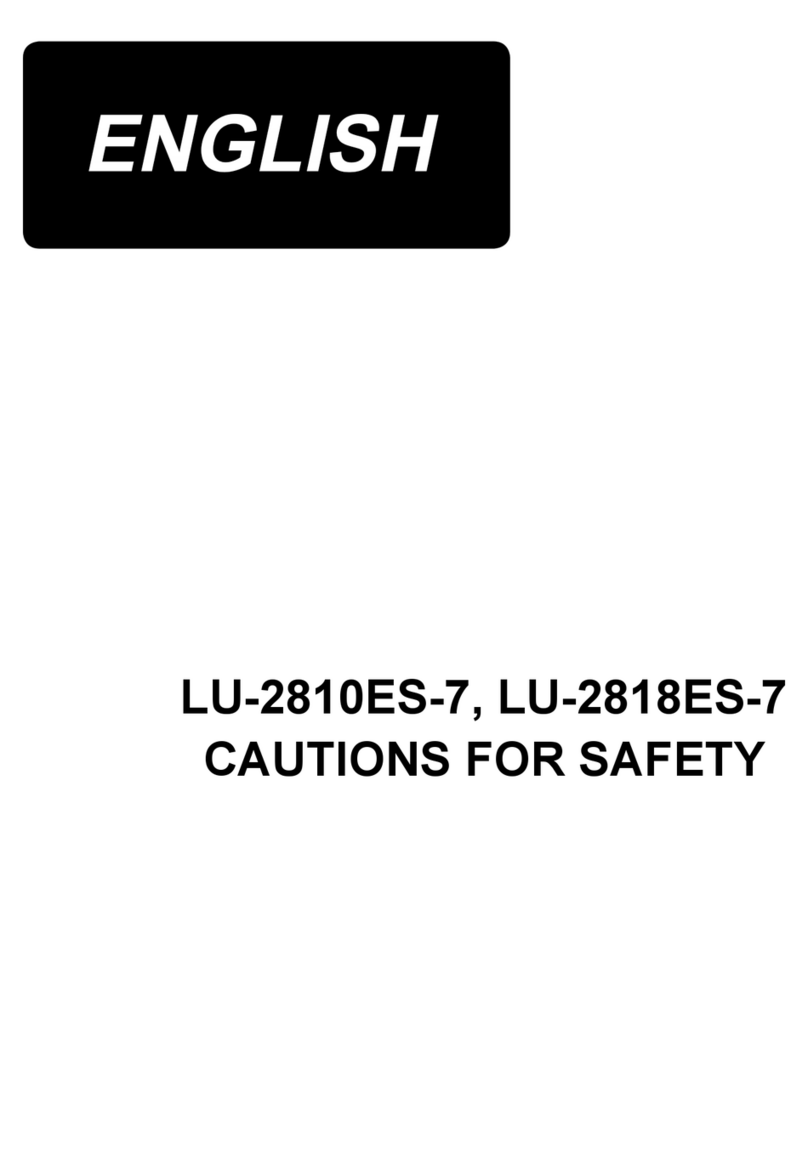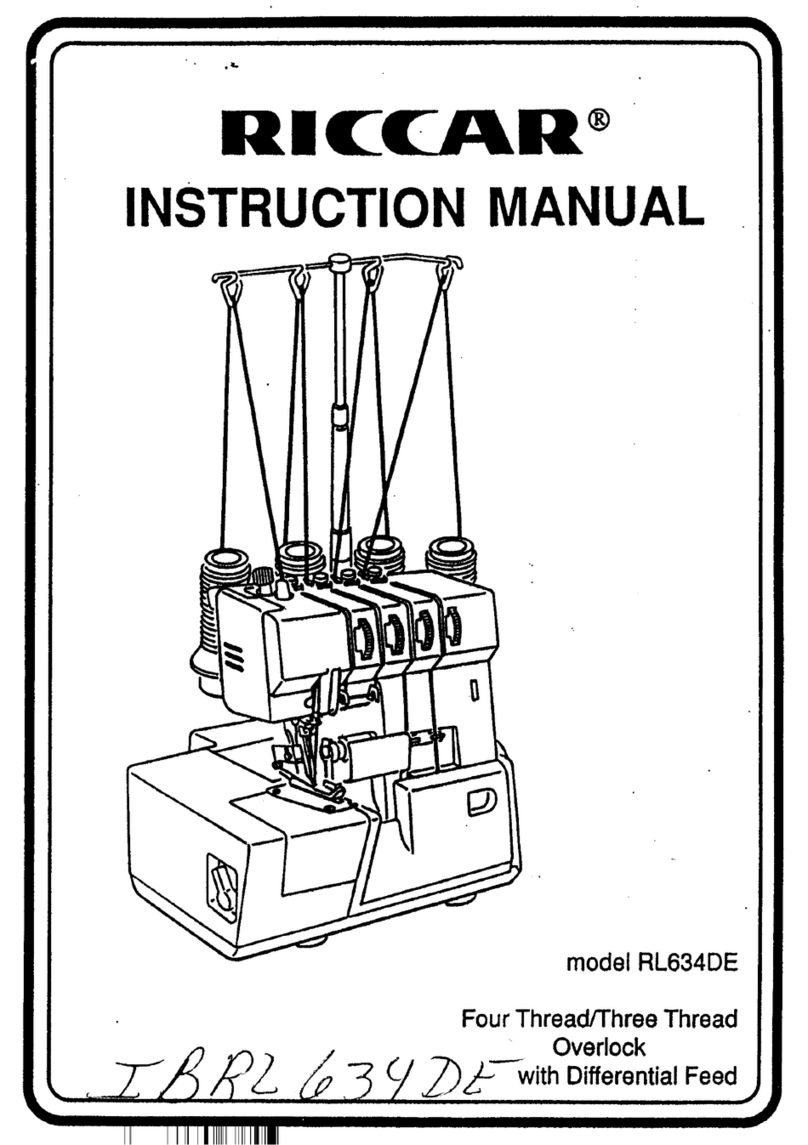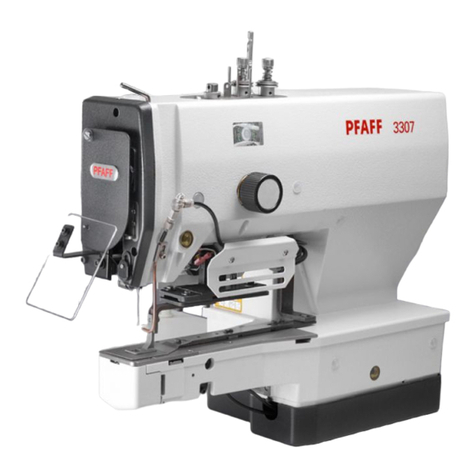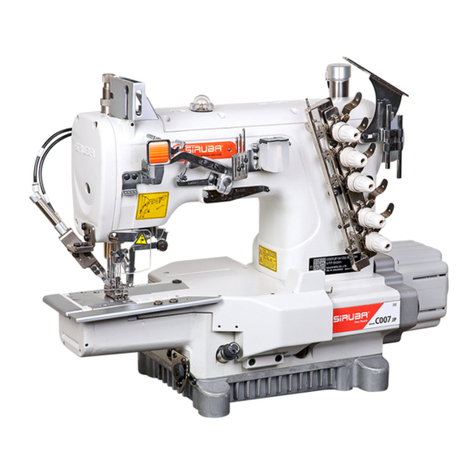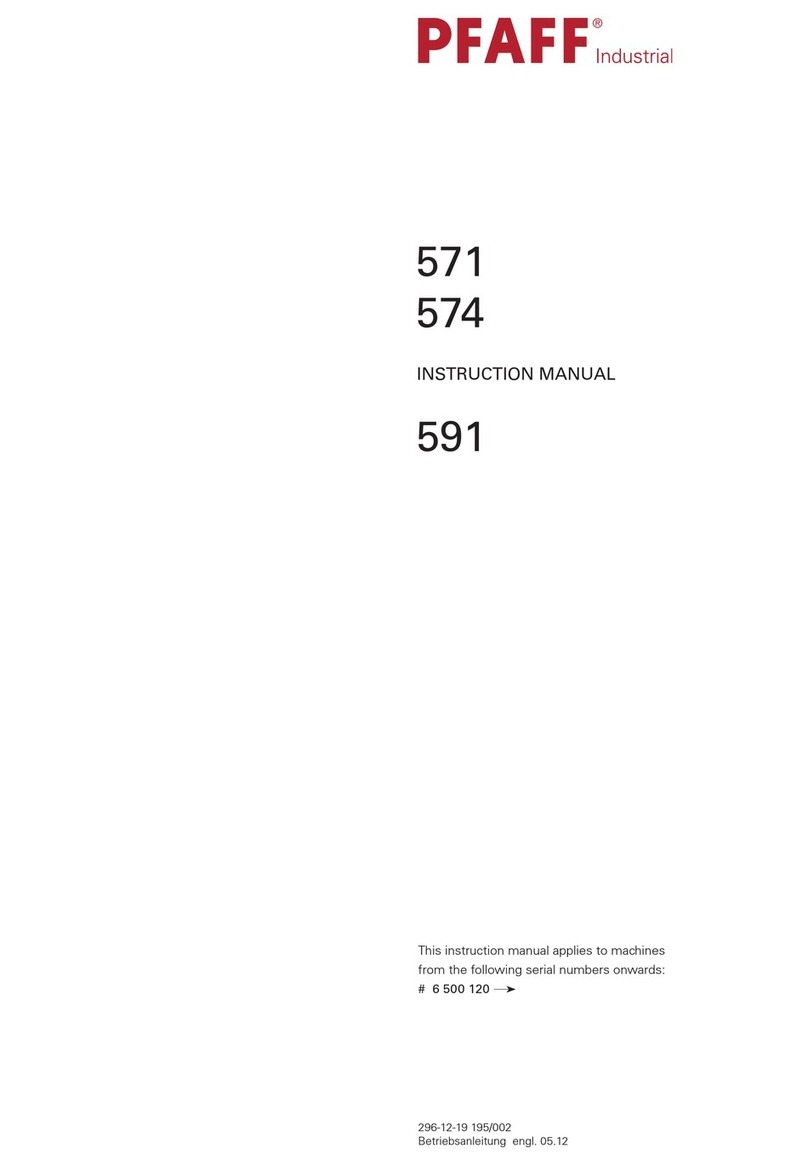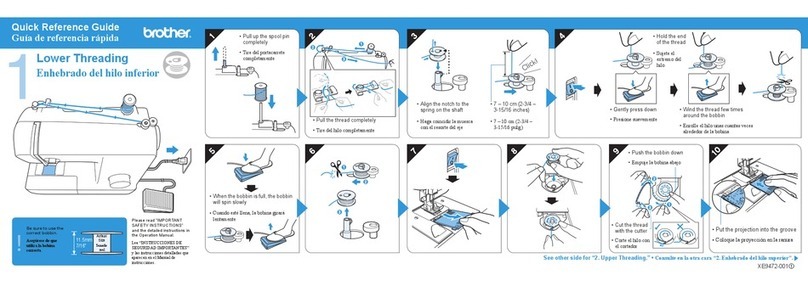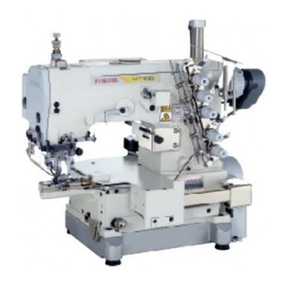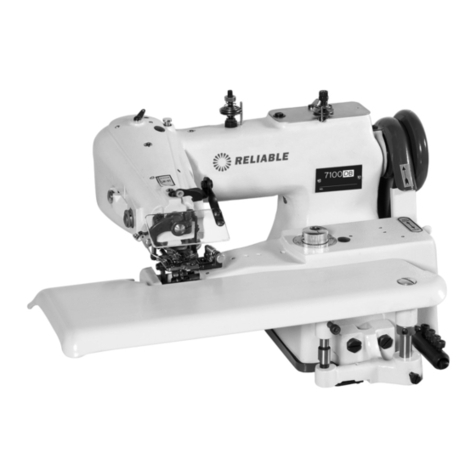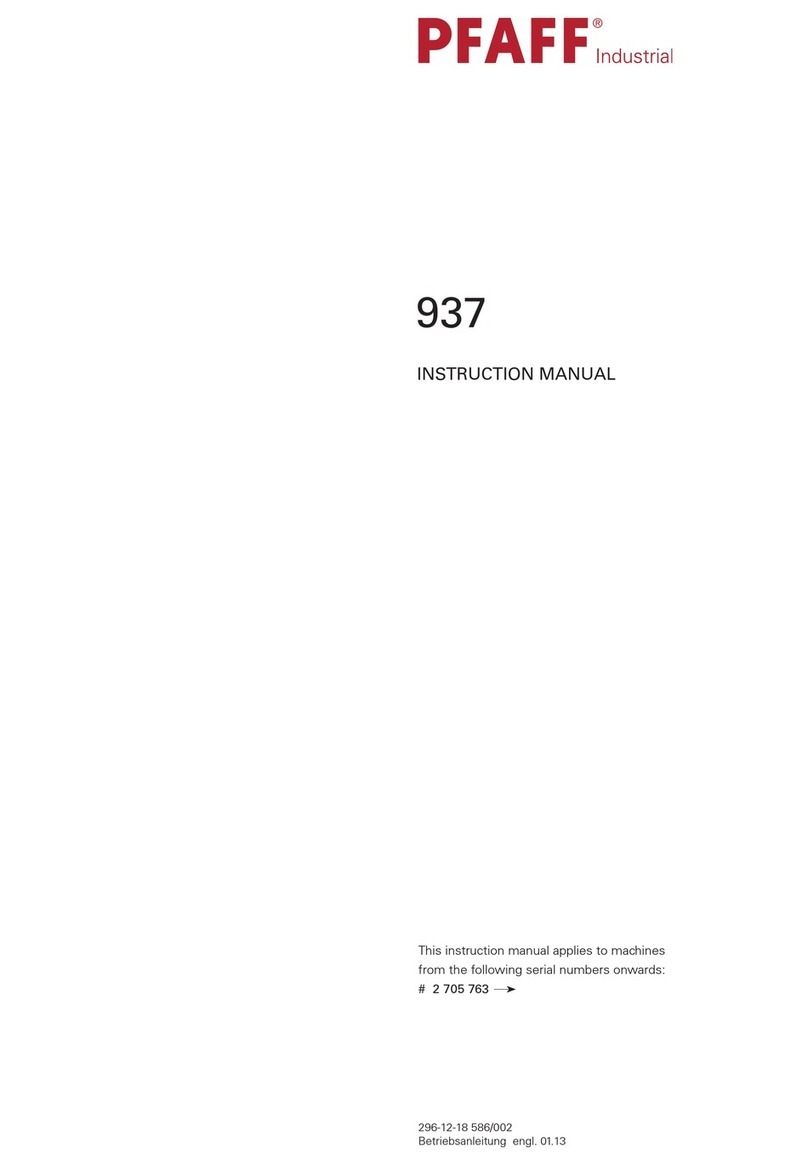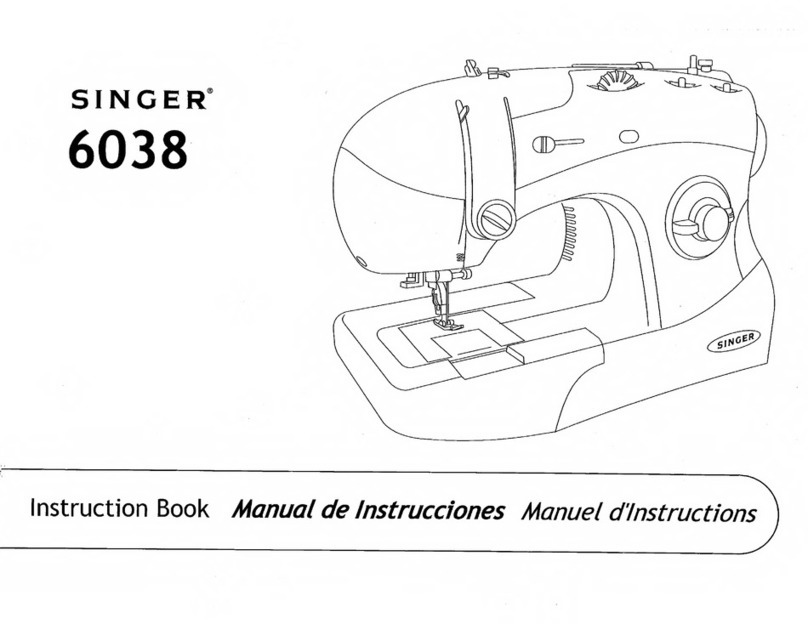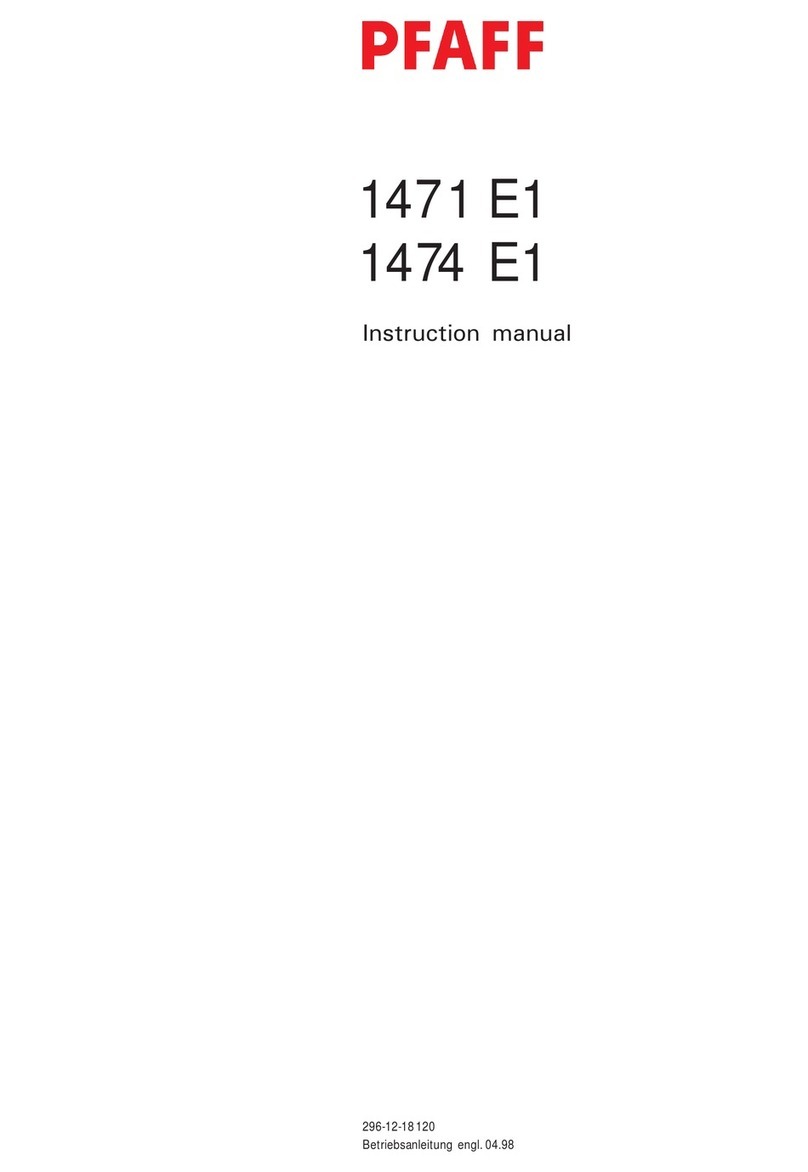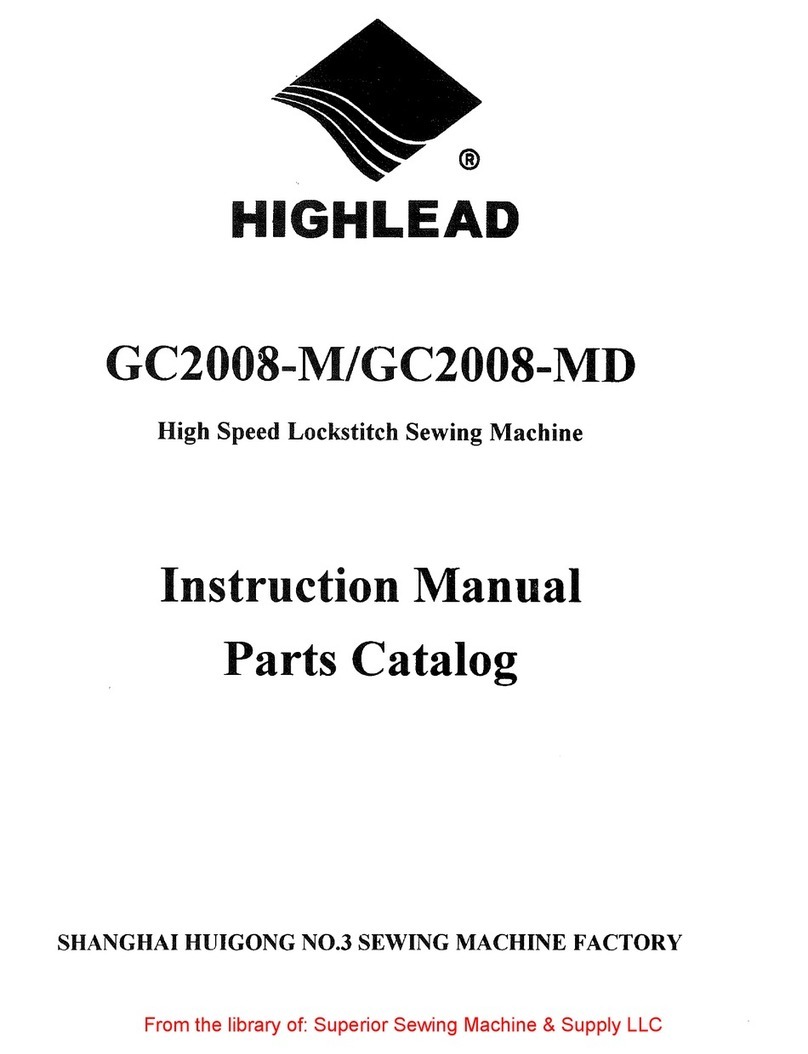
i
CONTENTS
1. SPECIFICATION .............................................................................................................. 1
1-1. Specications of the sewing machine head ..................................................................................1
1-2. Specications of the control box .................................................................................................... 1
2. NAMES OF MAJOR PARTS............................................................................................ 2
3. INSTALLATION................................................................................................................ 3
3-1. Installing the suction device............................................................................................................3
3-2. Installing the table and the table stand ..........................................................................................5
3-3. Installing the pedal sensor ..............................................................................................................6
3-4. Attaching the connecting rod..........................................................................................................7
3-5. Air piping ...........................................................................................................................................8
3-6. Connecting the connector ............................................................................................................. 10
3-7. How to install the power plug........................................................................................................ 11
3-8. Power switch................................................................................................................................... 12
4. LUBRICATION AND DRAINAGE .................................................................................. 13
4-1. Lubrication oil .................................................................................................................................13
4-2. Drainage and rell the oil............................................................................................................... 14
4-3. Exclusive grease replenishment [only for the MO-6800D] .........................................................15
5. PREPARATION BEFORE SEWING .............................................................................. 16
5-1. Threading ........................................................................................................................................16
5-2. Adjusting the thread tension .........................................................................................................19
5-3. Replace the needle ......................................................................................................................... 20
5-4. Adjusting the stitch length.............................................................................................................21
5-5. Adjusting the dierential feed ratio ..............................................................................................21
5-6. Replace the knives .........................................................................................................................22
5-7. Adjusting the overedge width........................................................................................................23
5-8. Adjusting the needle height...........................................................................................................23
5-9. Adjusting the presser foot .............................................................................................................24
5-10. Adjusting the feed dog.................................................................................................................26
5-11. The relationship between the needle and the looper ................................................................27
5-12. Adjusting the amount of travel of the double chainstitch looper ............................................ 29
6. OPERATION PROCEDURE .......................................................................................... 30
6-1. Operation panel ..............................................................................................................................30
6-2. Font comparison table ................................................................................................................... 31
6-3. Function setting.............................................................................................................................. 32
6-4. Function setting table ....................................................................................................................33
6-5. Details of setting of the main functions .......................................................................................41
6-6. Adjusting the sensitivity of sensors .............................................................................................49
6-7. No. of pcs. counter ......................................................................................................................... 52
6-8. Initialization of the function setting data...................................................................................... 54
6-9. Hand LED light ................................................................................................................................55
6-10. Audio guidance.............................................................................................................................56
6-11. Clock setting ................................................................................................................................. 58
6-12. Backlight........................................................................................................................................60
6-13. About the USB...............................................................................................................................61
6-14. Pedal operation............................................................................................................................. 62
7. MAINTENANCE............................................................................................................. 64
